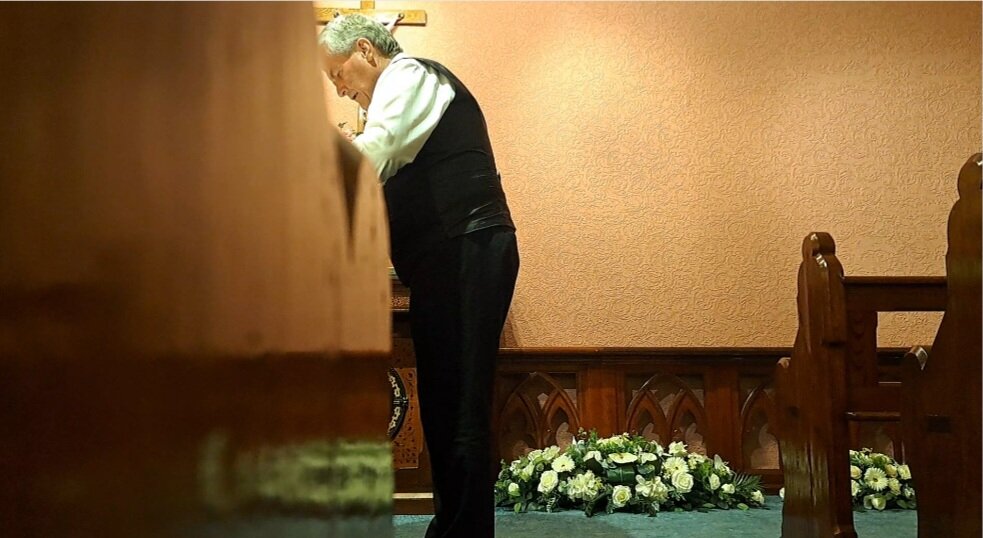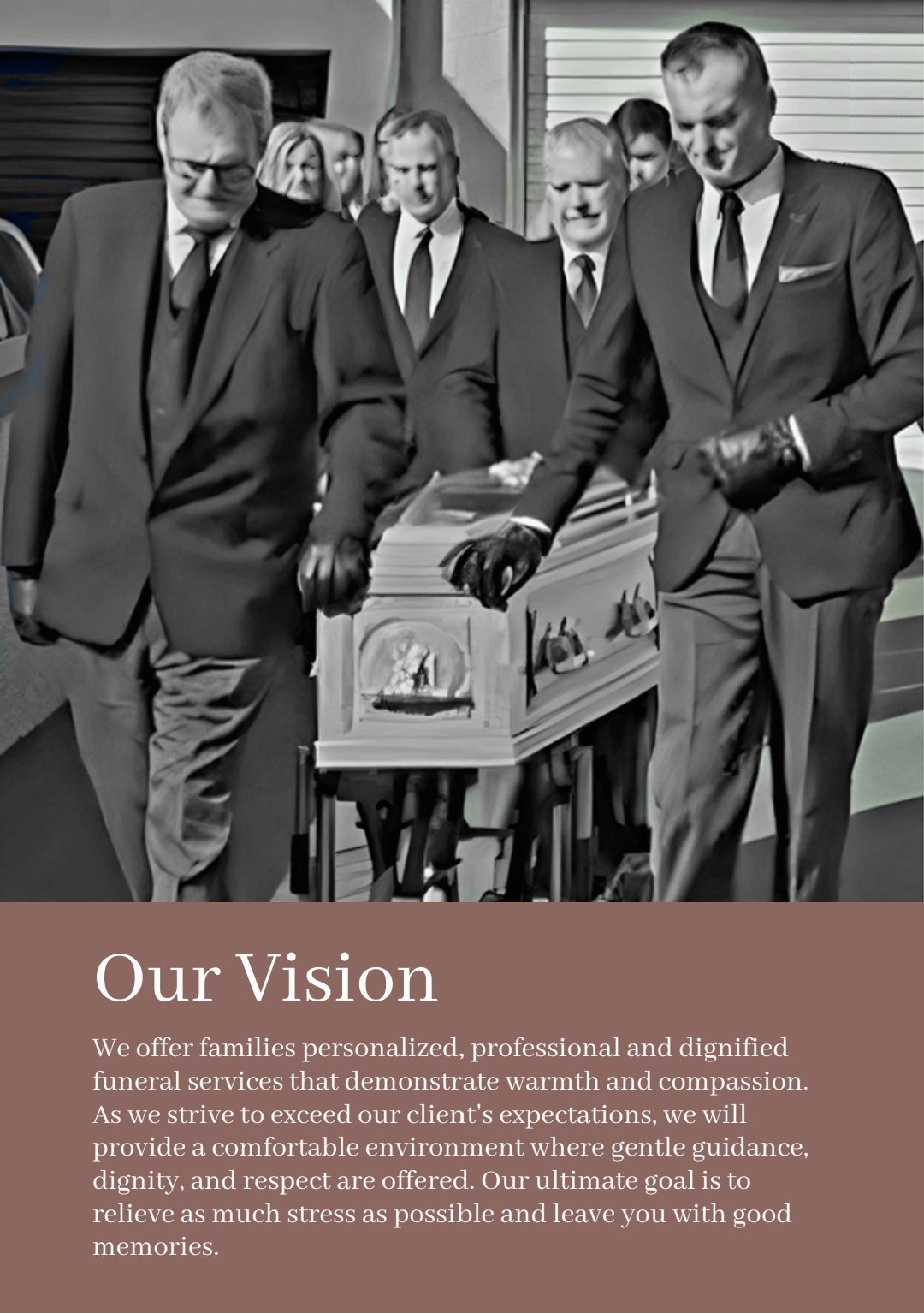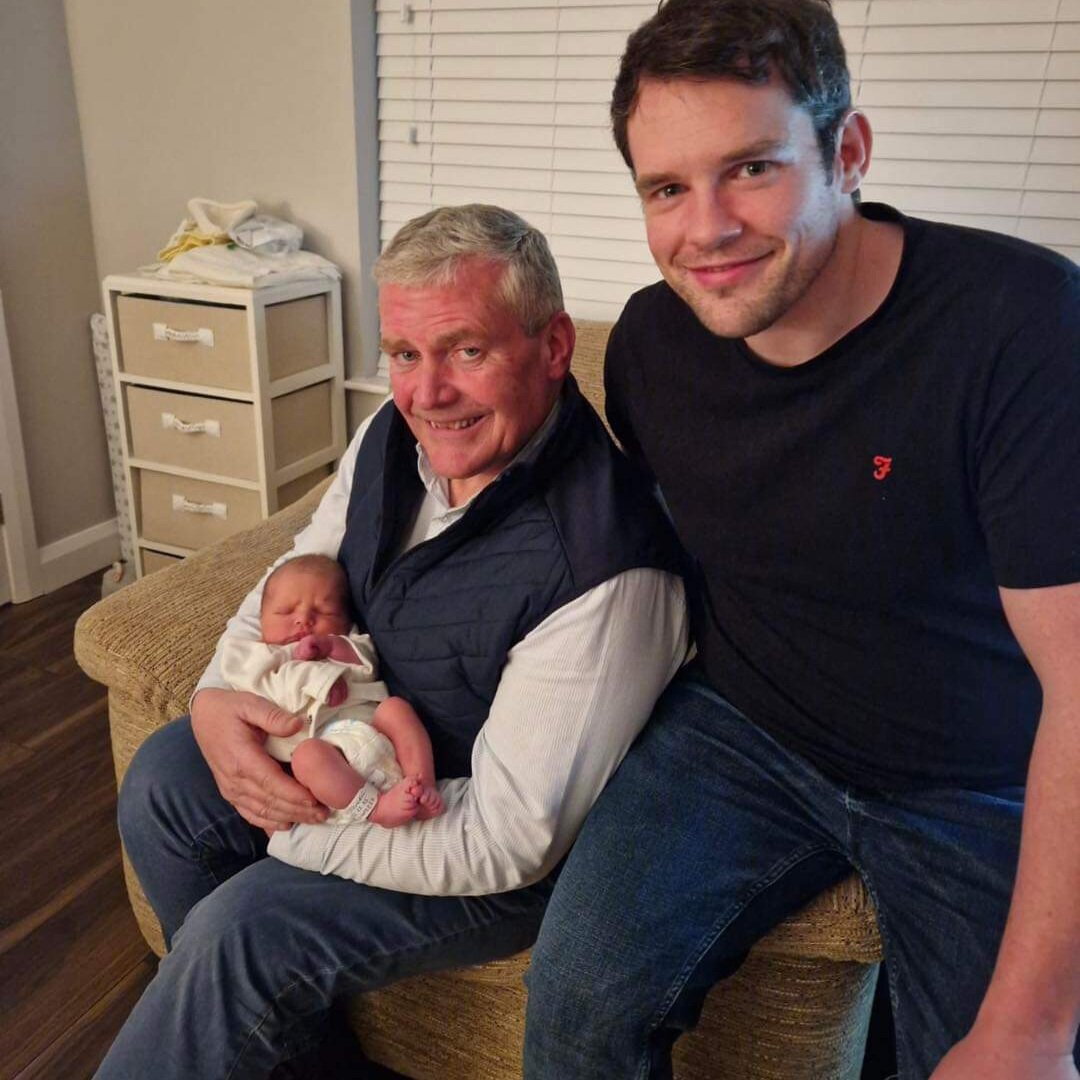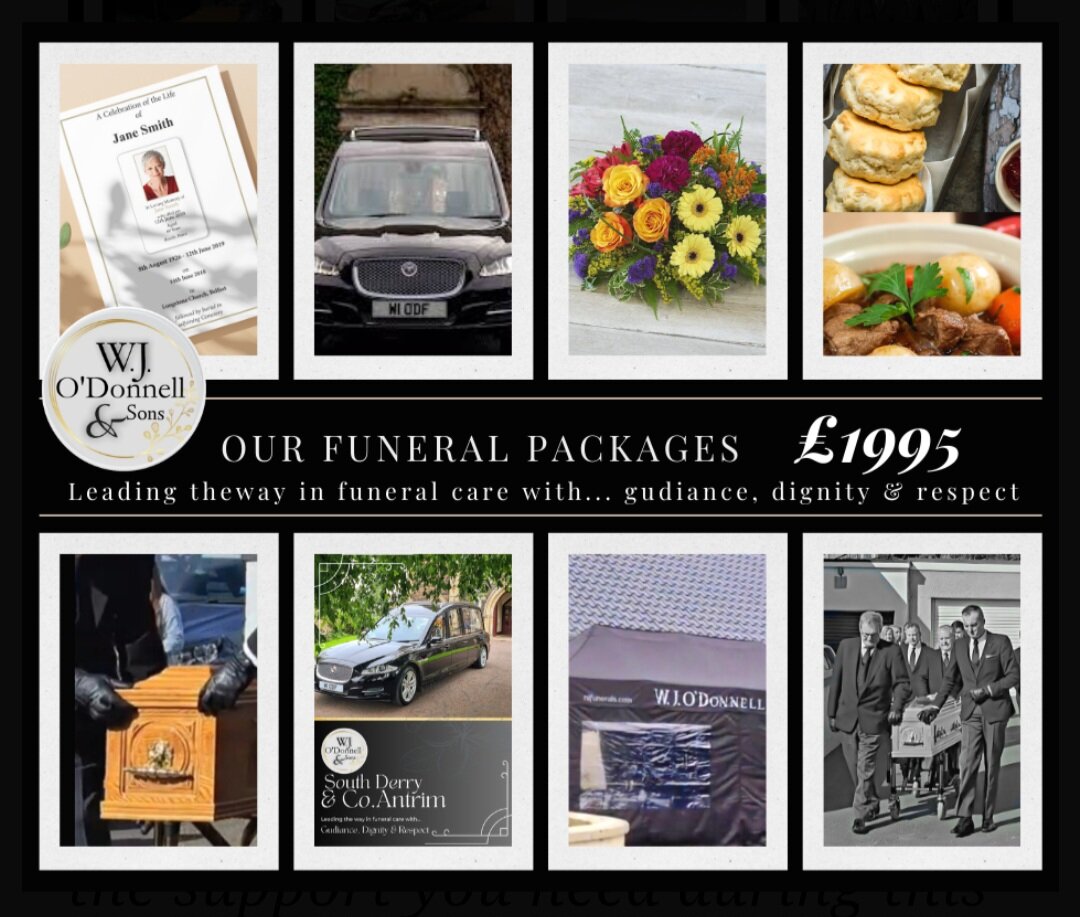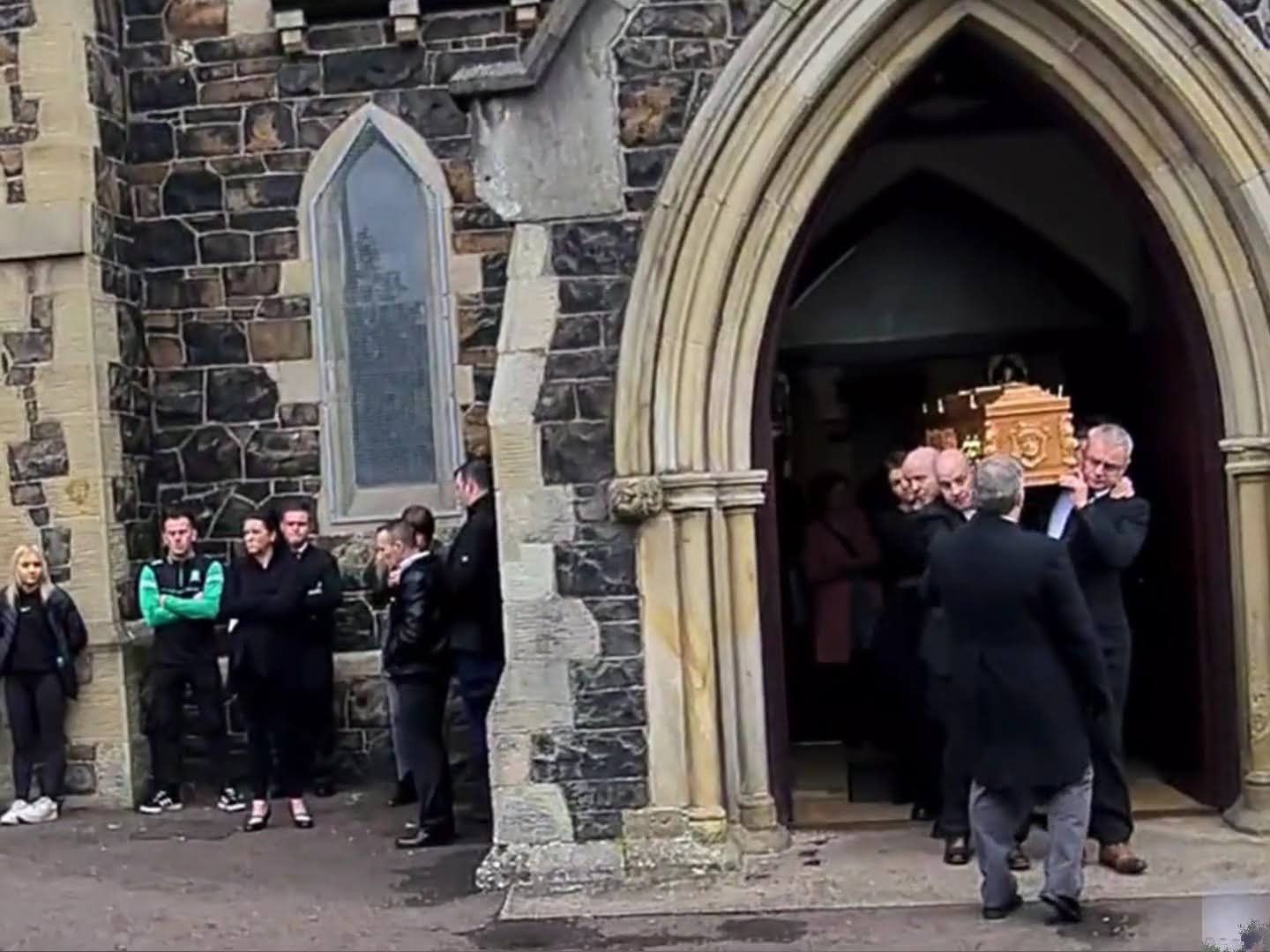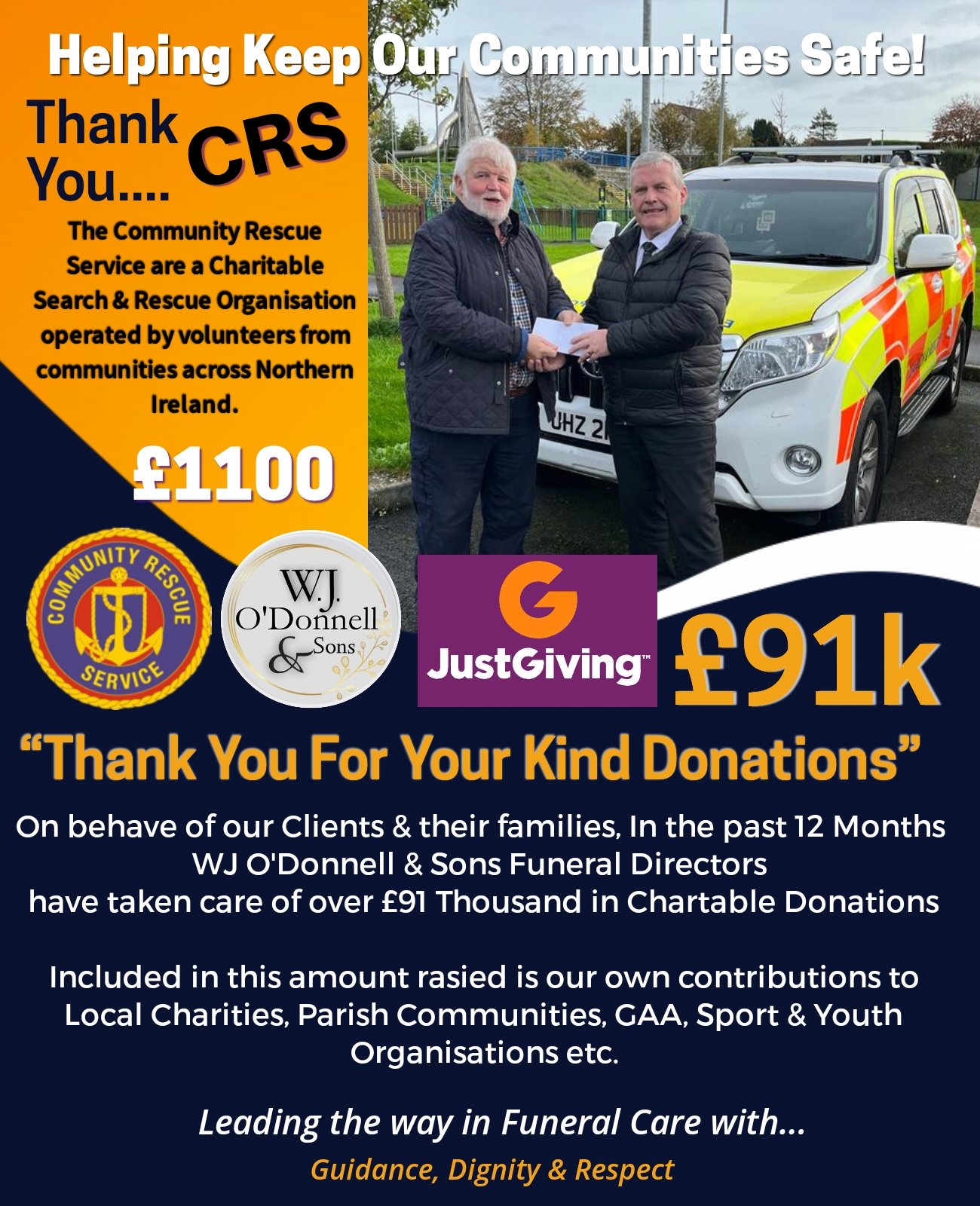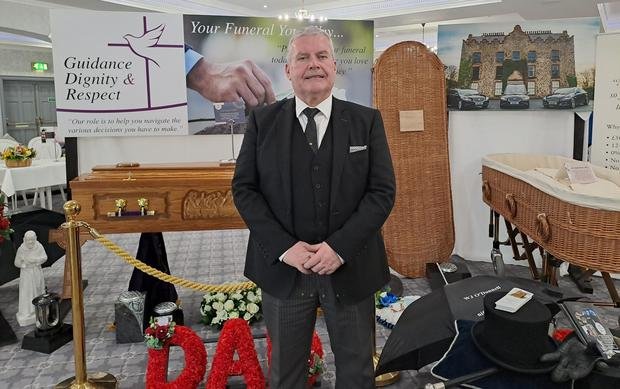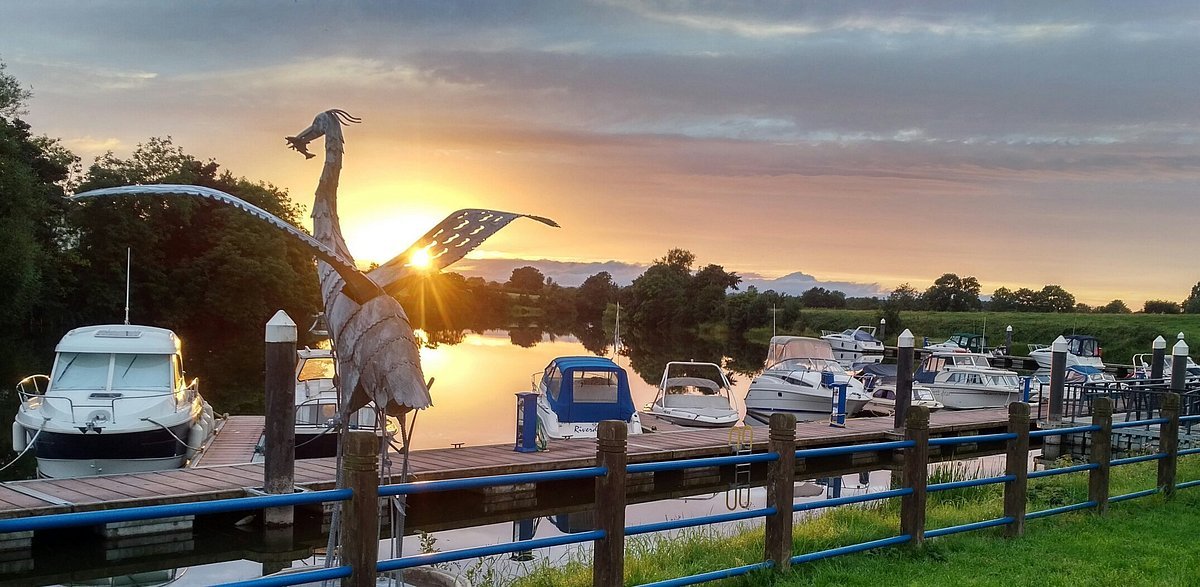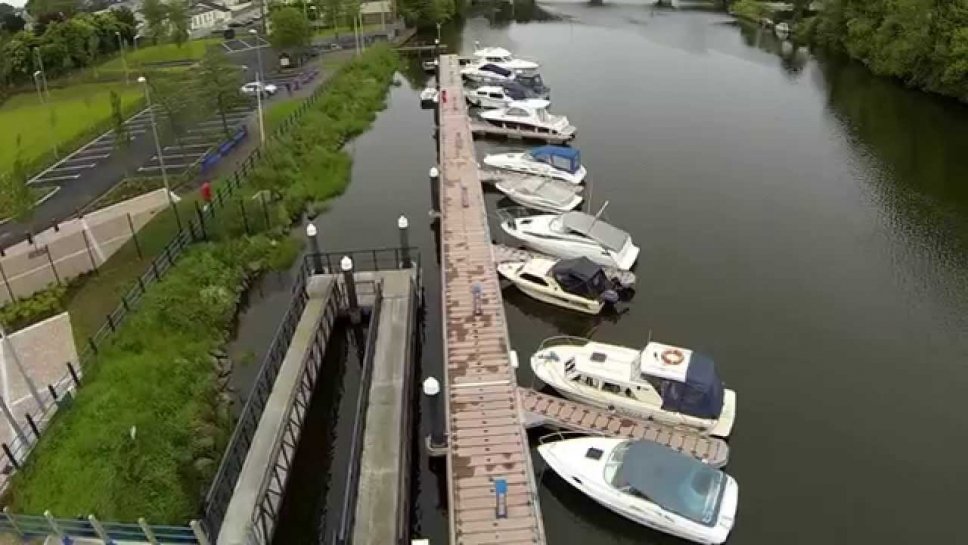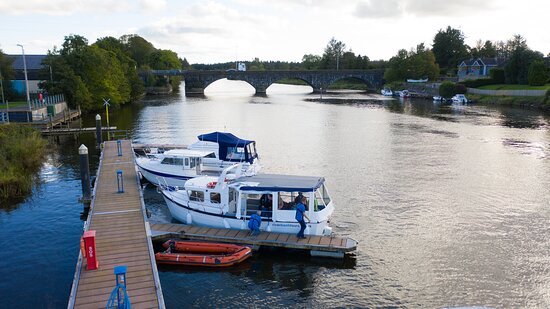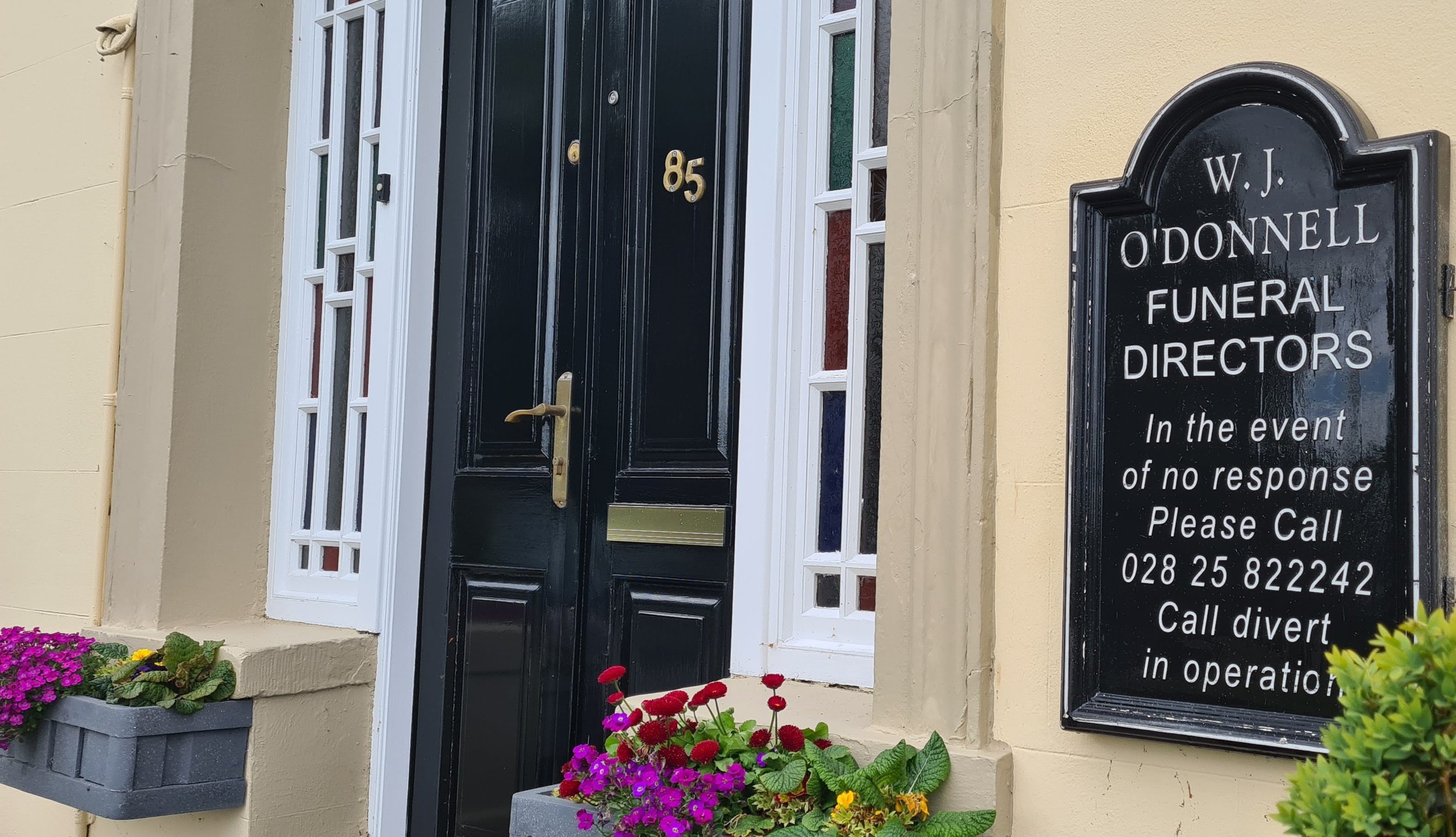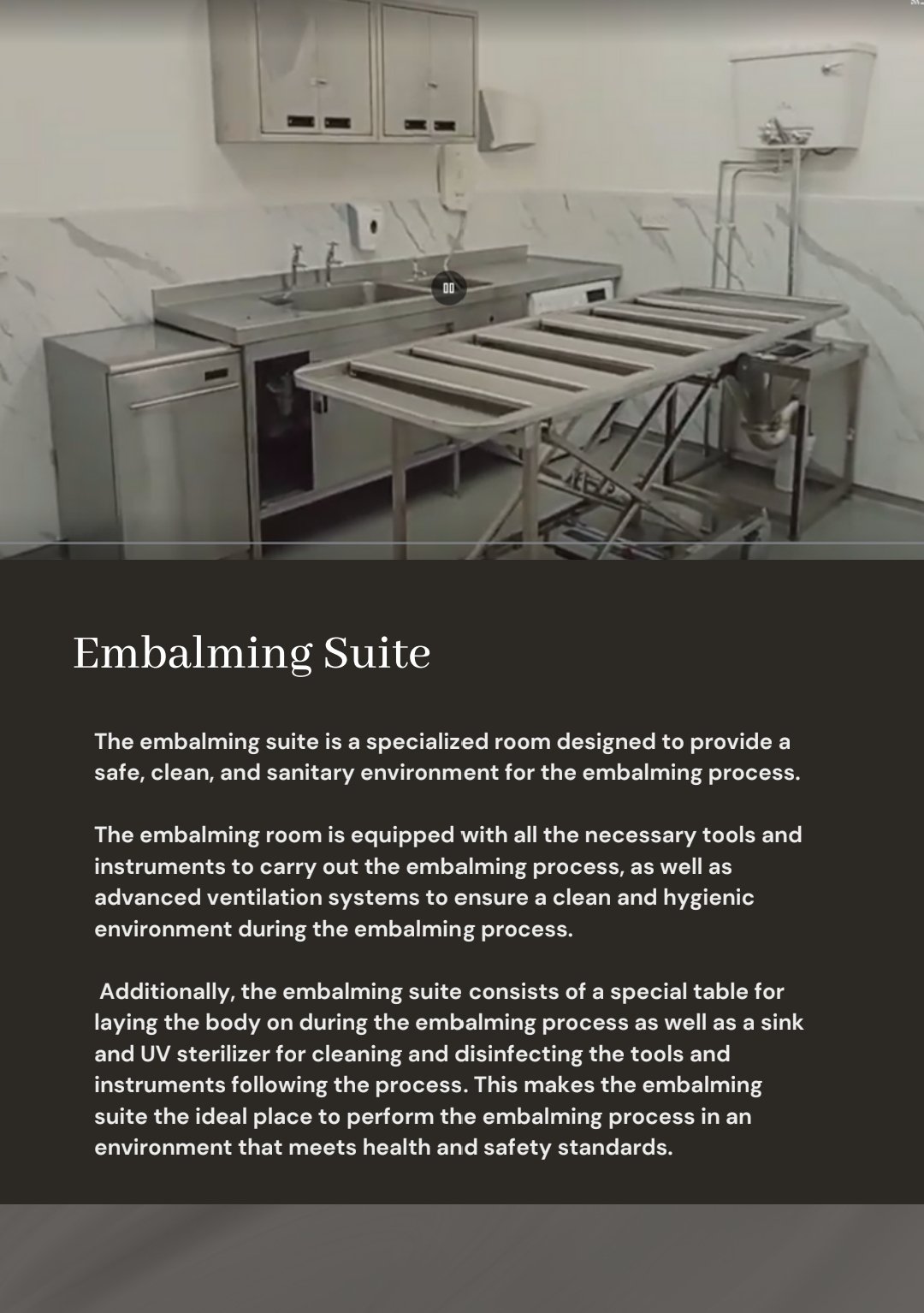Embalming Blog 8 Part 5 of 6 "Balancing Compassion and Professionalism: Navigating the Challenges of Being an Irish Undertaker"
/Embalming Blog 8 Part 5 of 6 "
As an Irish undertaker, the sacred duty of preparing a wake with an open coffin holds immense importance. This tradition, deeply rooted in our culture, allows families to honor and bid farewell to their loved ones in a meaningful and personal way.
In the solemn room filled with sorrow, where grief hangs heavy in the air, I find yourself standing before a family already burdened by loss. Their eyes search yours, seeking solace and answers, yearning for a final glimpse of their departed loved one. The open coffin, surrounded by flowers and candles, becomes a focal point of remembrance and closure.
Choosing each word with care, you explain the significance of the wake and the open coffin. It is a time for family and friends to come together, to share memories, to offer prayers, and to pay their respects. The sight of their loved one, peaceful and dignified, evokes emotions of love, gratitude, and sorrow.
Despite the challenges and limitations that may arise, you strive to ensure that the wake and open coffin are carried out with the utmost respect and reverence. The tradition lives on through your guidance, honoring the memory of the departed and providing solace to those left behind.
In the midst of grief and loss, the open coffin at the wake serves as a beacon of light, a symbol of love and remembrance that guides the way toward healing and closure. As an Irish undertaker, you embrace this sacred tradition with humility and grace, knowing that each moment spent in the presence of the departed is a tribute to a life well-lived and deeply cherished.
Being an Irish undertaker presents unique challenges, particularly when having to explain to grieving families that embalming or reconstruction may not be feasible. Balancing professionalism and compassion in these situations is a delicate task that weighs heavily on your shoulders.
In the somber atmosphere of a room filled with grief, you stand before a family already shattered by loss. Their eyes plead for comfort, answers, and a flicker of hope. Yet, there are times when hope seems distant, and the harsh truth must be acknowledged.
As an Irish undertaker, I carefully consider the option of embalming following a tragic accident. Just like an artist selecting colors for a painting, I gently explain to grieving families why embalming may not be possible in their situation. These factors play a crucial role in the decision-making process, as I can see the pain etched on their faces and feel deep empathy for their suffering.
Sometimes, the severity of injuries or decomposition makes reconstruction impossible, leaving their loved one unrecognizable. The thought of a closed coffin solidifies the finality of their loss, shutting off their last moments with the departed. I stand by in support, witnessing their grief as a silent companion in their sorrow.
As an undertaker, I carry the burden of their sadness and offer comfort and guidance during their darkest hours. Though I cannot mend their broken hearts, I promise to honor their loved one with respect, creating a farewell that pays tribute to their memory.
As an Irish undertaker, I am entrusted with a sacred duty to guide families through the difficult process of saying goodbye to their loved ones. With every funeral arrangement, I carefully consider the unique circumstances of each situation and delicately navigate the sensitive topic of embalming.
Just as an artist selects specific hues to convey a particular emotion in a painting, I choose my words with care when discussing the possibility of embalming following a tragic accident. I understand the gravity of the decision and the impact it can have on the grieving family members.
When faced with situations where embalming may not be possible, such as severe injuries or advanced decomposition, I must delicately explain the limitations and offer alternative options. The heart-wrenching emotions that wash over the faces of the bereaved are tangible, and my own heart aches with empathy for their pain.
The inability to reconstruct the appearance of their loved one can be a devastating blow, and the necessity of a closed coffin can serve as a stark reminder of the finality of death. In these moments, I stand as a silent witness to their grief, offering a compassionate presence and a steady hand to guide them through their sorrow.
Despite the inability to erase their sorrow or mend their broken hearts, I make a solemn vow to honor the memory of their loved one with dignity and respect. I craft a farewell that serves as a beautiful tribute to the life that was lost, providing a sense of closure and peace for those left behind. In my role as an undertaker, I carry the weight of their sorrow with me, offering solace and support as they navigate the difficult journey of grieving and healing.
In some cases, embalming may not be achievable due to various factors such as legal constraints, rapid decay, autopsies, cultural practices, or advanced decomposition. Understanding these limitations and navigating them with compassion is vital in ensuring a funeral experience that respects the family's traditions and sensitivities.
Thank you for taking the time to read my blog post and for sharing your thoughts and feedback. I'm glad you found it useful and informative. Your likes, shares and comments help me reach more people and inspire me to write more. I appreciate your support and engagement.
WJ’ O’Donnell
Stay tuned for our next segment, where we will delve into alternative options to embalming, exploring the intricate nuances of funeral preparations as an Irish undertaker.










